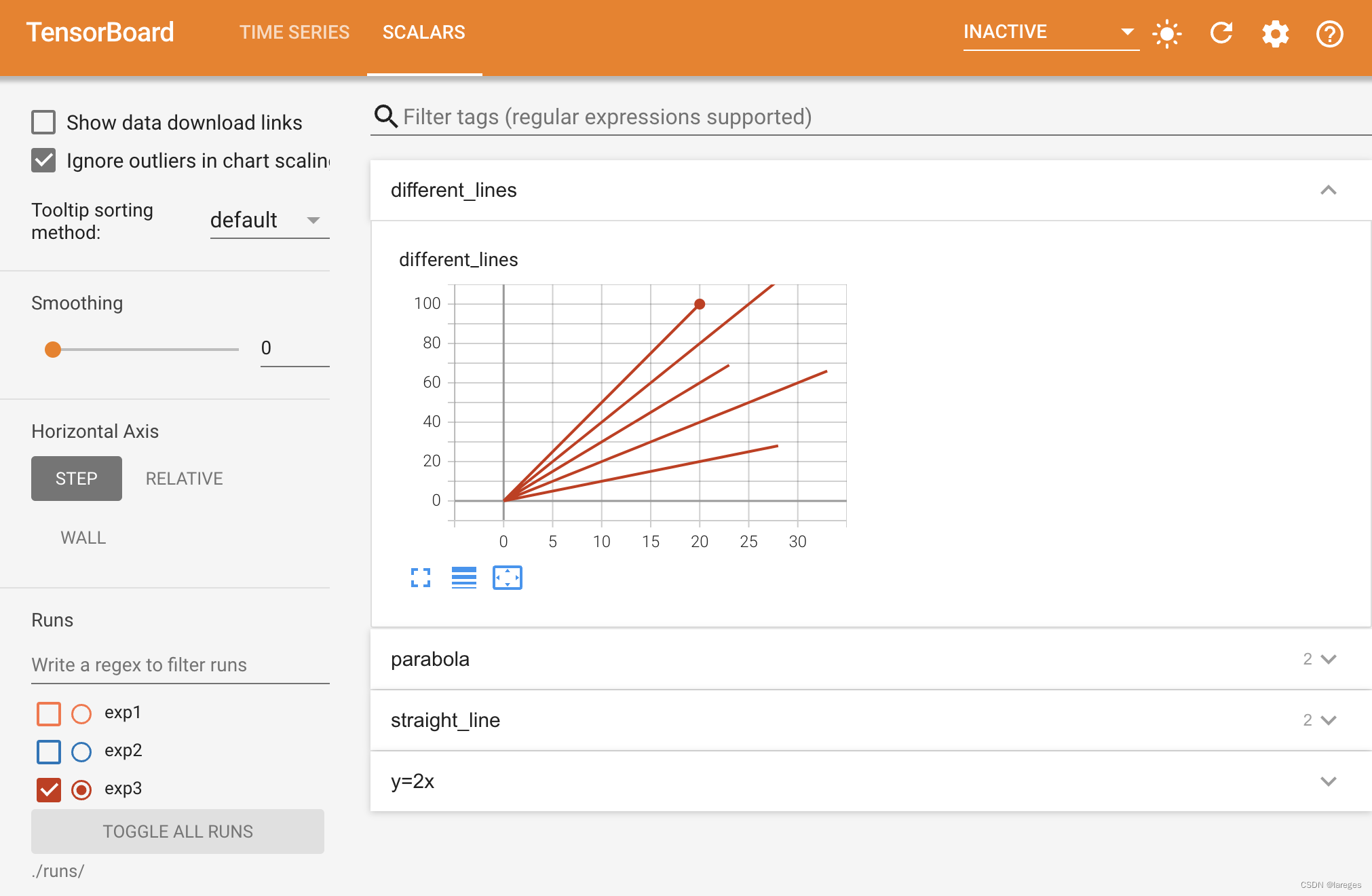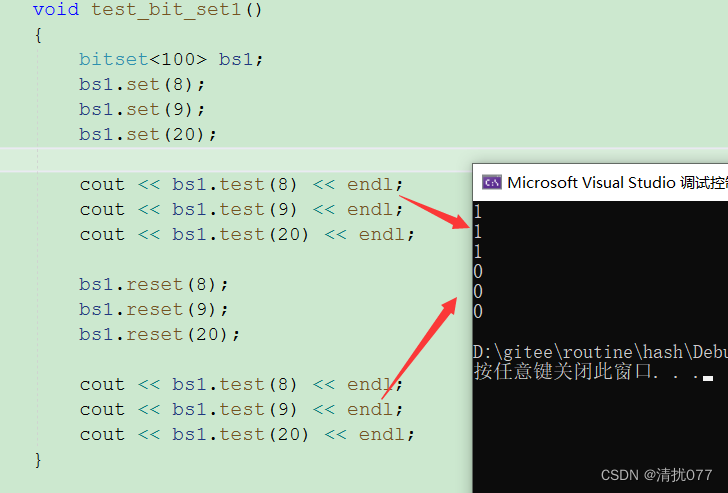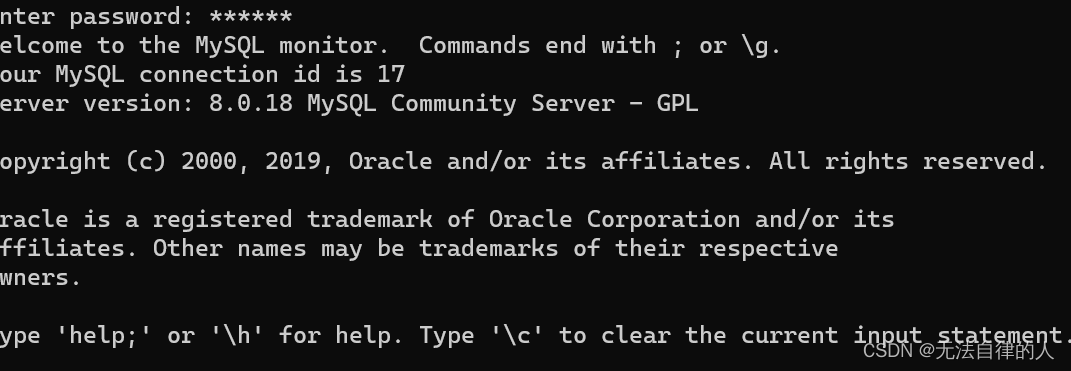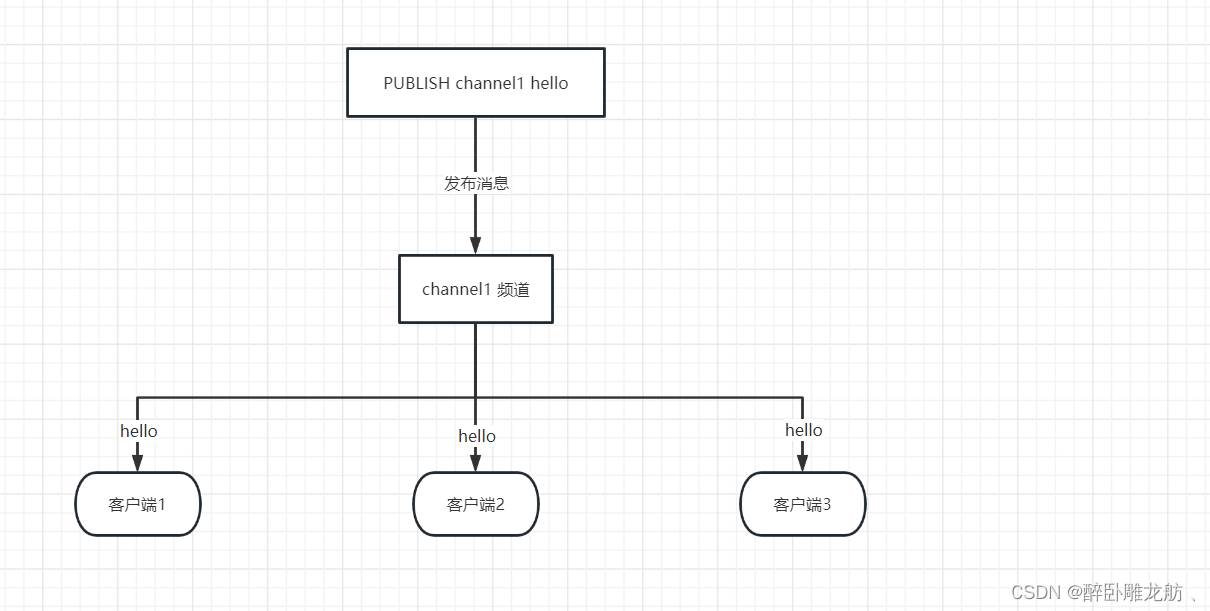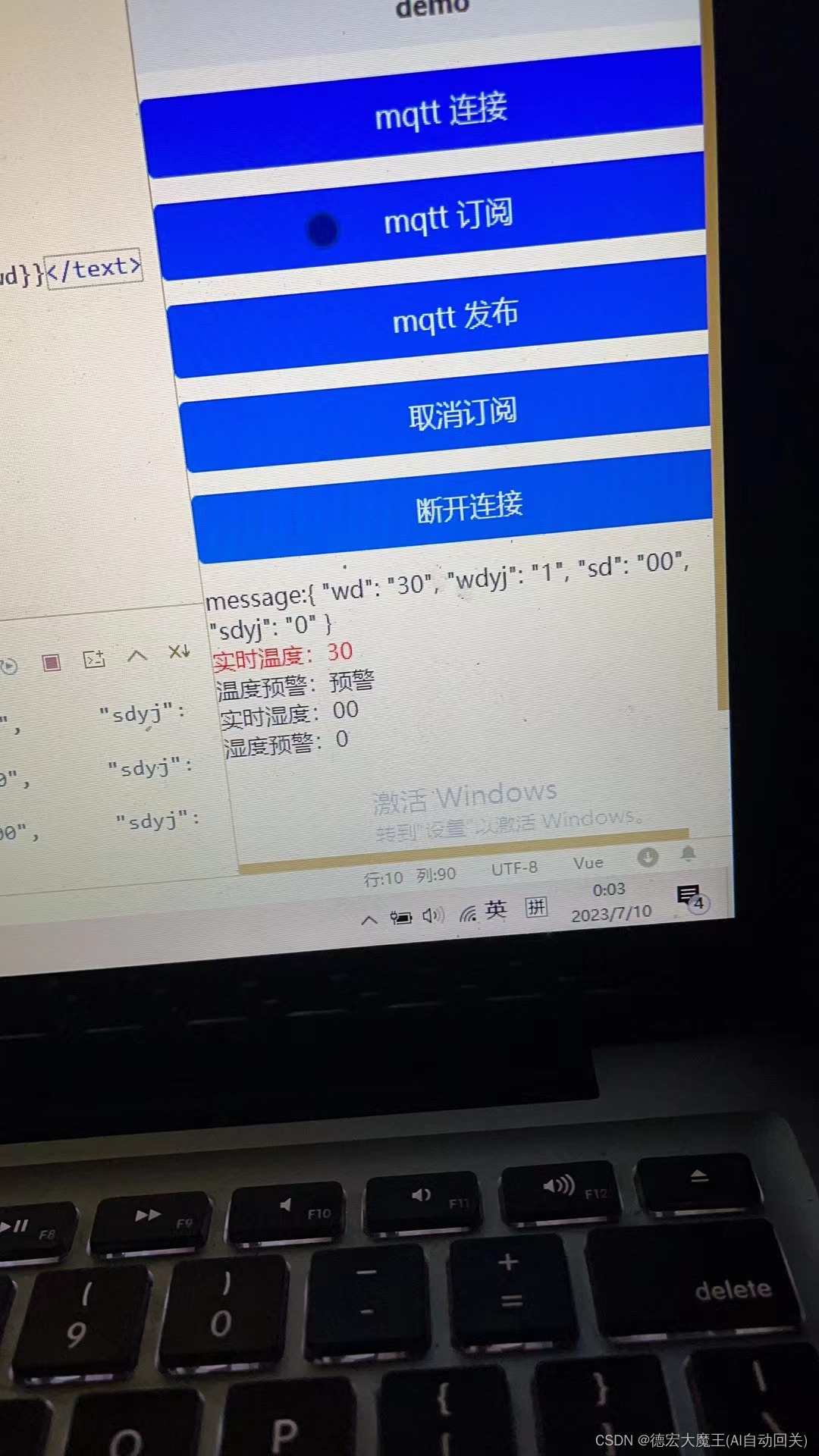
算法介绍
选择排序(Selection Sort)是一种简单直观的排序算法。它的基本思想是每次从待排序的元素中选取最小(或最大)的元素,放到已排序部分的末尾,直到全部元素排序完毕。
以下是选择排序的详细步骤:
- 首先,在待排序序列中找到最小(或最大)的元素,并将它与序列的第一个元素进行交换。这样,该元素就被放置在已排序序列的起始位置。
- 接下来,在剩余的待排序序列中找到最小(或最大)的元素,将它与序列的第二个元素进行交换。这样,该元素就被放置在已排序序列的末尾位置,且已排序序列长度增加1。
- 重复上述步骤,直到所有元素都排列好。
以下是选择排序的示例代码实现(使用升序排序为例):
public class SelectionSort {
public static void selectionSort(int[] arr) {
int n = arr.length;
for (int i = 0; i < n - 1; i++) {
int minIndex = i; // 假设当前索引对应的元素为最小值
// 在剩余未排序的部分中找到最小值的索引
for (int j = i + 1; j < n; j++) {
if (arr[j] < arr[minIndex]) {
minIndex = j;
}
}
// 将最小值与当前位置交换
int temp = arr[i];
arr[i] = arr[minIndex];
arr[minIndex] = temp;
}
}
public static void main(String[] args) {
int[] arr = {64, 25, 12, 22, 11};
System.out.println("原始数组:");
for (int num : arr) {
System.out.print(num + " ");
}
selectionSort(arr);
System.out.println("\n排序后的数组:");
for (int num : arr) {
System.out.print(num + " ");
}
}
}
以上代码演示了选择排序的过程。在每一轮迭代中,它找到未排序部分的最小元素,并将其与未排序部分的起始位置进行交换。通过不断缩小未排序部分的范围,直到整个数组排序完成。
选择排序的时间复杂度为O(n^2),其中n是待排序序列的长度。尽管选择排序在时间复杂度上不是最优的,但它的实现简单易理解,并且在小规模数据或部分有序的数据排序时性能较好。
算法优化
对选择排序进行一些简单的优化可以提高其性能,以下是两种常见的优化方法:
-
最小/最大值优化:在每一轮选择最小(或最大)元素时,可以同时记录最小值和最大值的索引,然后分别交换到已排序序列的起始位置和末尾位置。这样可以减少每轮迭代中的比较次数,从而提高效率。
-
优化无需交换:在每一轮找到最小(或最大)元素的索引后,并不立即进行交换操作,而是等待整个序列遍历完毕,最后再统一进行交换。这样可以减少交换操作的次数,由于交换操作需要移动数据,减少了数据的移动次数可以提高效率。
下面是基于上述两种优化方法的选择排序示例代码实现:
public class SelectionSort {
public static void selectionSort(int[] arr) {
int n = arr.length;
for (int i = 0; i < n - 1; i++) {
int minIndex = i;
int maxIndex = i;
for (int j = i + 1; j < n; j++) {
if (arr[j] < arr[minIndex]) {
minIndex = j;
} else if (arr[j] > arr[maxIndex]) {
maxIndex = j;
}
}
if (minIndex != i) {
swap(arr, i, minIndex);
}
// 如果最大值的索引被交换到了i位置,更新maxIndex
if (maxIndex == i) {
maxIndex = minIndex;
}
if (maxIndex != n - 1) {
swap(arr, n - 1, maxIndex);
}
}
}
public static void swap(int[] arr, int i, int j) {
int temp = arr[i];
arr[i] = arr[j];
arr[j] = temp;
}
public static void main(String[] args) {
int[] arr = {64, 25, 12, 22, 11};
System.out.println("原始数组:");
for (int num : arr) {
System.out.print(num + " ");
}
selectionSort(arr);
System.out.println("\n排序后的数组:");
for (int num : arr) {
System.out.print(num + " ");
}
}
}
这些优化方法可以在某些情况下提高选择排序的性能,但需要注意的是,选择排序的时间复杂度仍然是O(n^2),因此对于大规模数据排序,更高效的排序算法如快速排序、归并排序等可能更合适。



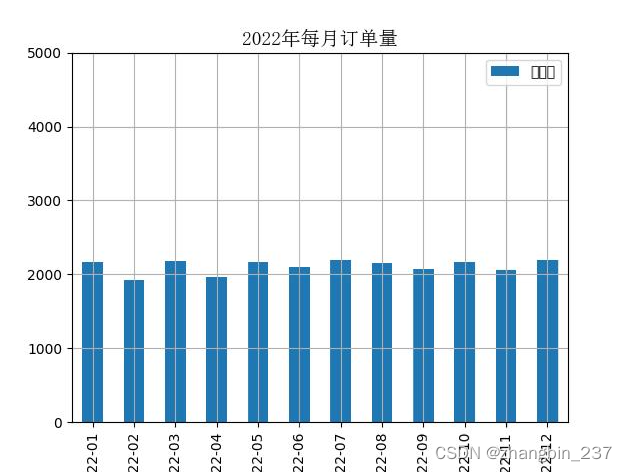
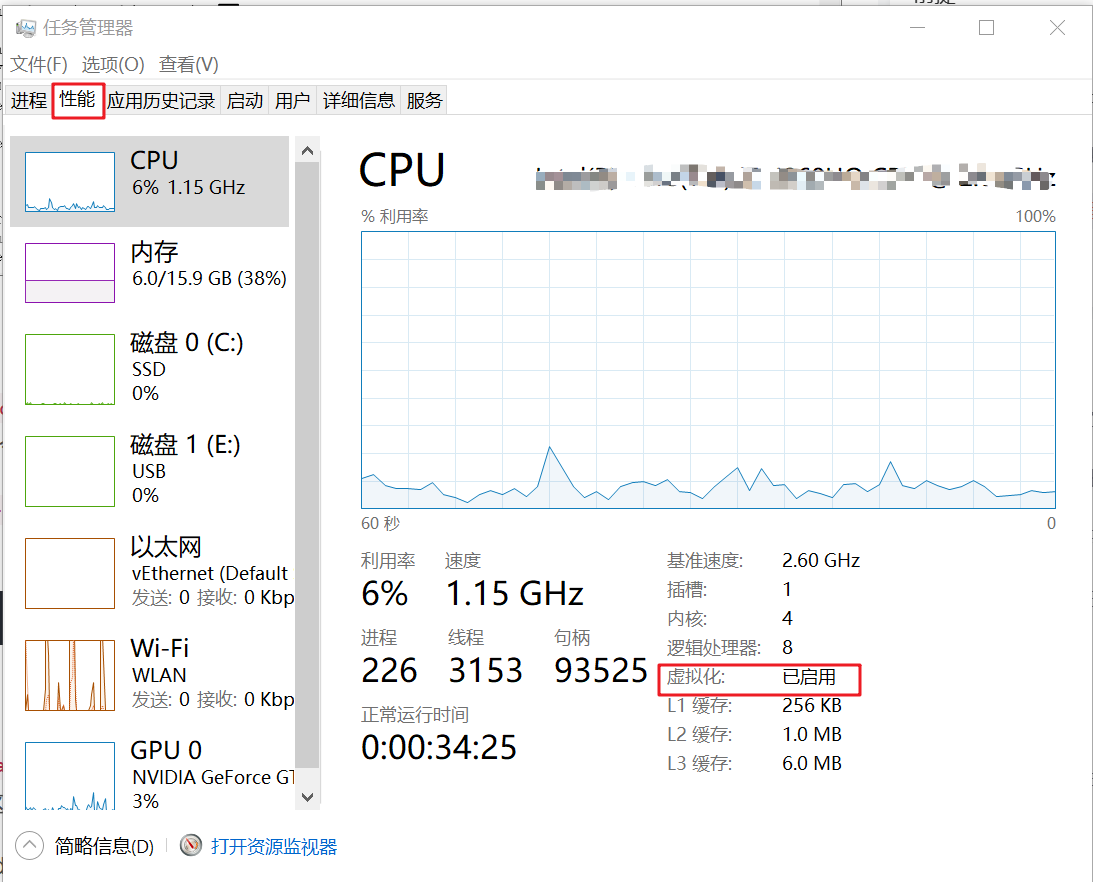

![NSS [SWPUCTF 2022 新生赛]funny_web](https://img-blog.csdnimg.cn/img_convert/18e9c3234ecb30404dcaf2c6b816cc79.png)
